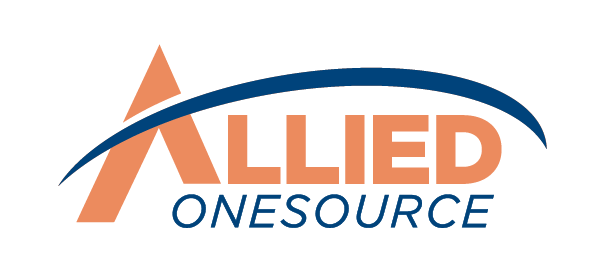Taking Care of Your Employees: The Importance of Valuing Workers' Wellness and a Slow Work Mindset
What is a slow work mindset?

While efficiency and hard work are vital aspects of any work environment, employees in today's job market are feeling the negative impacts of over working. One major consequence of these feelings is burnout.
Amidst this new work reality, a different approach, known as the "slow work mindset," is emerging. The potential benefits of adapting to a slower pace in the workplace are substantial.
There is a lot of commotion surrounding the 4 day work week now, with 100 UK companies recently adopting it. However, this solution fails to address the major plights of burnout that many workers in the U.S. face: the amount of work they have to do. The problem currently within many specialized, knowledge-based trades is not the hours per week employees are expected to work. It is the amount of work they are expected to complete within those hours. This is where the "slow work mindset" comes in.
A common misconception about the "slow work mindset" is that companies will achieve less in any given amount of time and, in turn, suffer. However, this has proved not to be the case. Alternatively, researchers in Iceland found that employees achieve their tasks at a quicker pace when assigned fewer jobs at once.
Start at the Top
To implement a slow work environment successfully, changes need to be enacted at the administrative level before their affects trickle down. This means that bosses checking tasks off their to-do list by sending emails would no longer be an option. Rather than ordering their subordinates to complete said tasks all at once, they would instead have an organized system that disperses these tasks as others are completed. This approach avoids overloading employees. It also provides them with plenty of time to give each project the effort and quality it deserves.
Implement Focus Time
Another approach to apply the "slow work mindset" into your business is to consider setting aside certain weeks or days as interruption-free. This means that these designated days are meeting-free. This allows employees ample time for their projects without unnecessary distractions. Talking to staff about the urgency of meetings and re-prioritizing necessary reasons to halt the day is essential to improving efficiency and reducing burnout. This will also establish a strong, employee-centric company culture since employees are involved in the decision-making process.
Allow Flexibility
,Allowing flexibility with staff is another tool to avoid burnout, especially for remote employees. For many working parents, or employees with bustling routines, the rigorous 9-5 can be difficult to manage. Between important appointments, parental duties, and other pressing responsibilities, maintaining a proper work-life balance is challenging. To combat this, consider allowing greater flexibility. When employees can take time off for life necessities, it creates a better work-life balance that enables your team to give their work the full attention it deserves, stress free.
While the “slow work mindset” is not widely accepted locally yet , employers can still implement some minor aspects of it. The “slow work mindset” is vital to maintain a company that has a positive culture with employees who are more productive and less prone to burnout. For more tips on business efficiency, visit the Allied One Source blog page:
https://www.alliedonesource.com/blog
Or, reach out to a trusted Allied agent:
https://www.alliedonesource.com/meet-our-team











